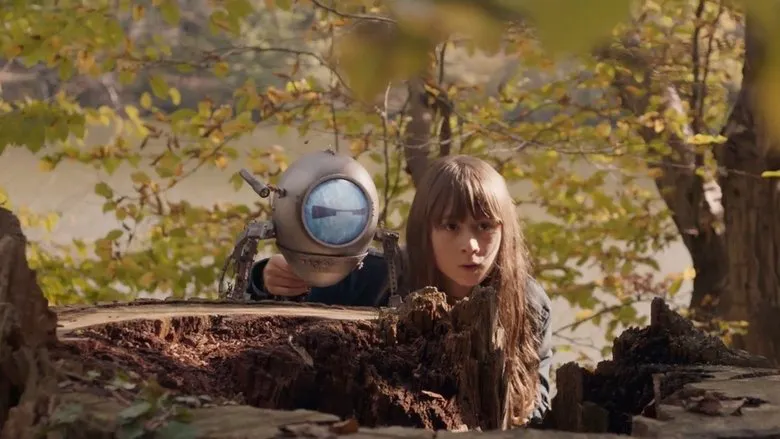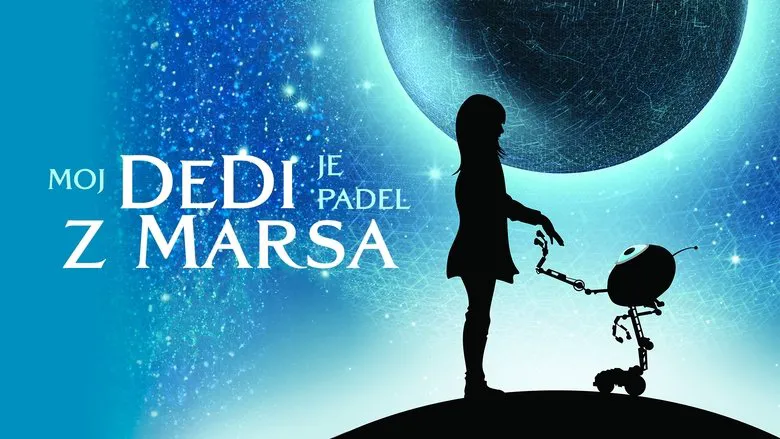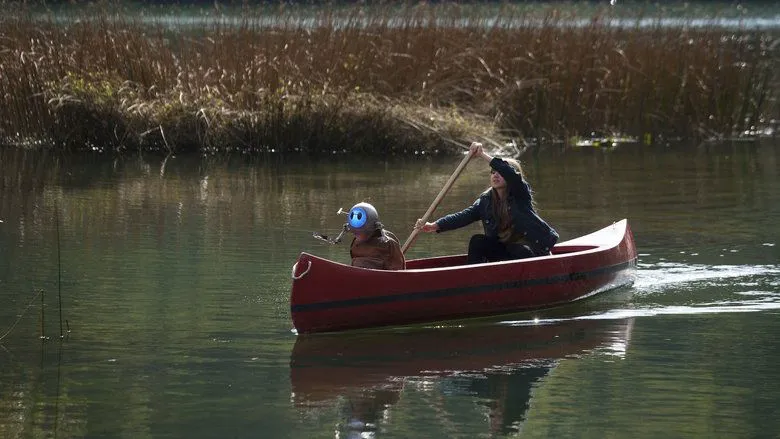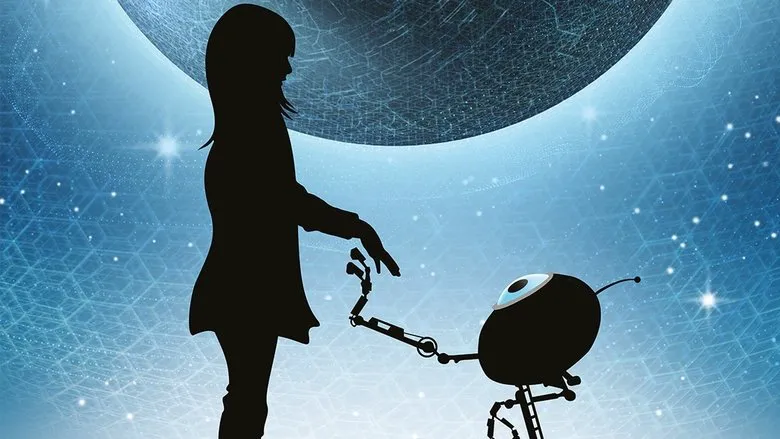Beyond the Stars, Into the Heart: The Making of “My Grandpa is an Alien”
From the captivating landscapes of a suburban town to the furthest reaches of an alien universe, the film “My Grandpa is an Alien” takes audiences on an extraordinary journey that blurs the lines between science fiction, heartwarming family drama, and profound character exploration. This visually stunning and emotionally resonant feature defies simple categorization, venturing into themes of love, acceptance, and what it truly means to be a family, regardless of origin. Delving into the creative decisions behind its production reveals a meticulous process in crafting a narrative that is both grand in scope and intimate in its emotional depth.
The Genesis of an Unconventional Bond
At the core of “My Grandpa is an Alien” lies the unique and evolving relationship between a determined young girl, Una, and an initially unfeeling alien robot. The filmmakers faced the exciting challenge of designing a companion character that was not only technologically advanced but also capable of undergoing a profound emotional transformation. “The initial dynamic was designed to be a classic odd-couple pairing,” a source close to the production noted, “but quickly, it became about showing how Una’s innocence and unwavering love could truly ‘reprogram’ a logical machine.”
The creation of the robot character was particularly intricate, requiring a balance between its robotic, predetermined movements and its gradual adoption of human-like gestures and expressions. Animators meticulously studied how even subtle shifts in head tilt or “eye” movement could convey an emerging empathy. This painstaking character design was crucial in making the audience believe in the robot’s emotional awakening, which transitions from logical deduction to genuine understanding and affection.

Crafting the Extraterrestrial Canvas
A significant undertaking for the production team was the realization of the “vast, extraterrestrial world” Una and the robot traverse. The narrative demanded a visual universe that felt both alien and strangely welcoming, showcasing a range of environments from the familiar “verdant forests and rolling hills” of Una’s home to the awe-inspiring, sometimes menacing, landscapes off-world.
Art directors and concept artists spent countless hours envisioning diverse alien civilizations, ecosystems, and architectural designs that would reflect the varying motivations and technologies of the extraterrestrial beings. “We wanted to ensure that each phase of their journey felt distinct, adding another layer to their adventure,” explained one of the lead concept artists. The visual journey reflects the emotional one, with each new environment presenting new challenges and opportunities for growth for the duo.

The Heart of the Story: Family and Emotion
While the fantastical elements of “My Grandpa is an Alien” are captivating, the true power of the film lies in its profound exploration of family bonds and the transformative power of human connection. The abduction of Una’s Grandpa serves as the catalyst, but it’s the exploration of Una’s unwavering faith and the family’s love that truly drives the narrative.
The screenplay delicately weaves Una’s personal memories and stories of her grandfather into the robot’s developing emotional tapestry. This storytelling device was key to allowing the robot to “slowly grasp the true value of the love that binds them together.” The filmmakers prioritized these quiet, poignant moments over grand spectacle, allowing the emotional arc to resonate deeply with viewers. Voice actors delivered performances that beautifully captured the vulnerability and resilience of Una, and the subtle, yet powerful, evolution of the robot’s ‘voice’ as it gains empathy.

Unraveling the Alien Mystery and Redefining Belonging
One of the most intriguing aspects of the film is the nuanced portrayal of the alien abductors. Initially perceived as sinister with “motivations both logical and sinister,” their true intent is gradually revealed to be far more complex, rooted in a “desire to understand human connection.” This subversion of expectations adds a layer of philosophical depth to what might otherwise be a straightforward rescue mission.
The creators deliberately chose to portray these aliens not as purely evil antagonists but as beings on their own quest for understanding, albeit a misguided one. This allows the film to explore themes of empathy, cross-cultural understanding, and ultimately, reconciliation, even between vastly different species. The grand scale of the alien society and their operations served as a backdrop to highlight Una’s small, yet immensely powerful, personal mission.

A Climax of Unconditional Love and Acceptance
The film’s “heart-wrenching climax” is a testament to the cumulative impact of Una and the robot’s journey. Facing a difficult choice—returning Grandpa or forging a new path for their “partly alien family”—the resolution hinges on Una’s unconditional love and selfless devotion. This moment crystallizes the film’s core message: that love and friendship transcend species, logic, and physical form.
The transformation of the robot, having “transcended its programming,” stands as a powerful symbol of redemption and acceptance. It serves as a beacon of hope, proving that even the most disparate of beings can be brought together through the power of love and friendship. “My Grandpa is an Alien” is more than just an adventure; it’s a poignant affirmation of the human spirit, reaching across the cosmos to remind us that what truly binds us together is empathy, understanding, and the boundless capacity of the heart.
